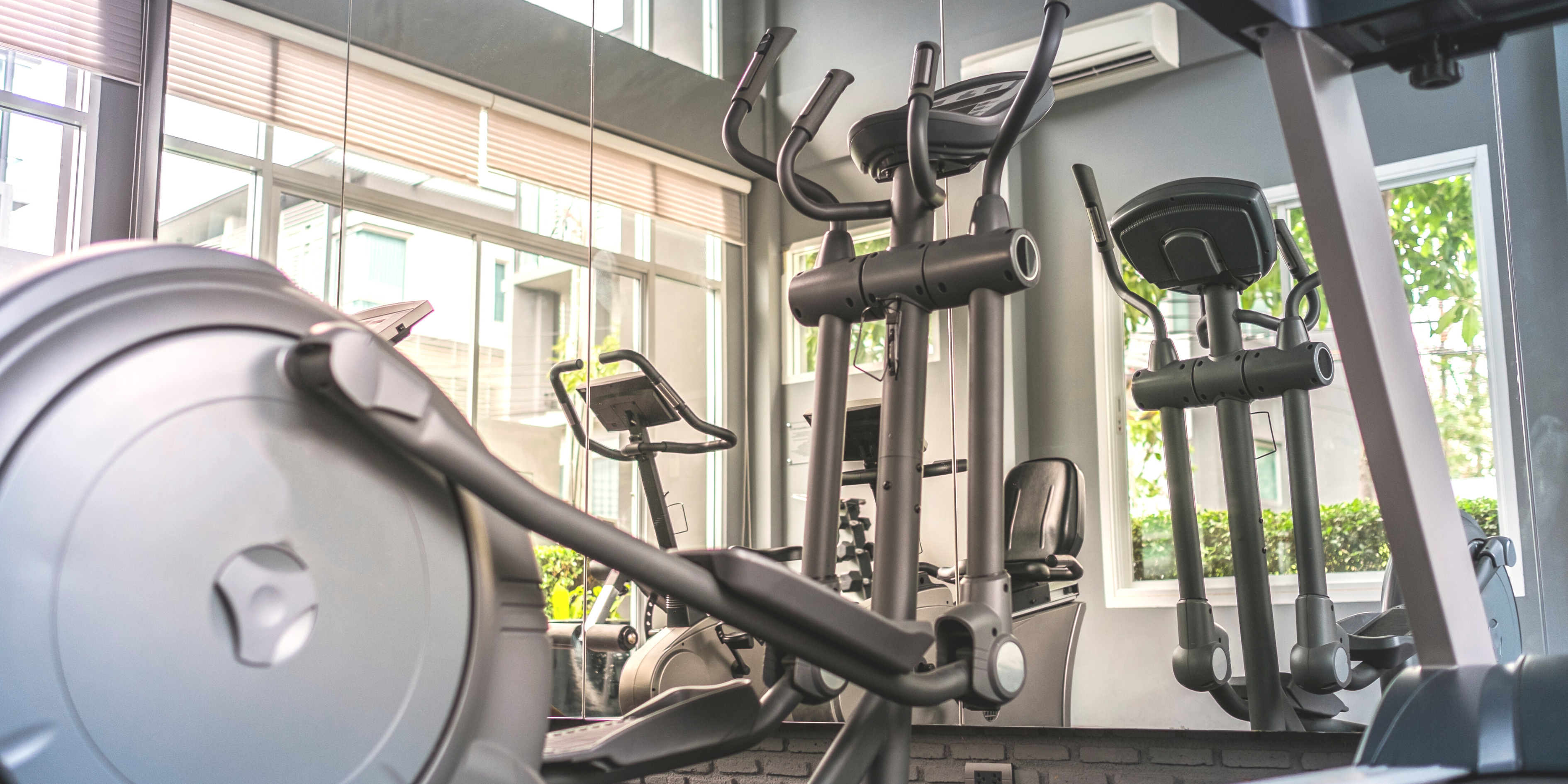
After the devastating impacts of COVID-19, more gym owners, managers and patrons are doing the right thing to eliminate bacteria on their premises. With a promise to make these environments as safe as possible, it’s common to see cleaners frequenting gym venues and regularly wiping down all equipment to prevent the potential spread of COVID and other infectious diseases.
Though there has been an increase in many cleanliness protocols, there are still several areas of the gym which may be more infected than others. So, gym-goers and owners must be doing their part to clean this equipment frequently and help keep all users safe.
Some of the most infectious and bacteria-infested areas of gyms include:
Cardio Equipment
Modern cardio equipment has many touchpoints, including screens, buttons, handrails and the floor. Bacteria can easily transmit to these through contact or air-borne pathways, such as heavy breathing onto the machinery. They can also transfer quickly through perspiration as exercise promotes detoxification, which pushes harmful bacteria out of the body.
It is important to note that transmission can also be external; through shoes and clothing. A simple action, such as hanging a jacket over a piece of equipment, can also spread bacteria through a gym.
When using cardio equipment, patrons should be wary to wipe down all touchpoints, including any buttons, before and after use. This can guarantee that any bacteria a previous user may have left behind is cleaned. It will also make sure that any bacteria transmitted during use is eradicated.
Gym staff should be mindful of the most popular equipment and ensure that this is wiped down once every hour. Using a Hygen Microfibre Cloth will guarantee this bacteria is picked up and not further spread.
Weight Balls and Weight Equipment
Due to their curved surfaces, these pieces of equipment are often poorly cleaned and can lead to the transmission of viruses in a gym setting. On top of this, they are usually stored close together in dark cupboards or corners of the gym when not in use, providing the ideal environment for bacteria to grow and spread. As many patrons will also store them away immediately after use to help protect the safety of their gym, these pieces of equipment can often be overlooked by cleaners.
Though it cannot eradicate all bacteria, placing sanitising stations directly next to or in front of this equipment can encourage patrons to clean their hands frequently, especially before touching new weights. It is essential that all gym managers and owners ensure there are enough sanitiser refills as negligence on the part of the business may encourage poor hygiene amongst gym-goers.
Water Fountains
All gyms will provide water fountains or sinks to their patrons, however, these are often limited in number. To access water, patrons will need to drink out of the same fountain, usually with no cleaning between each drink. Due to their proximity to the fountain, gym-goers will breathe onto the tap, causing air-borne infections to transmit. In some cases, water may enter or touch a patron's mouth, then drip back onto the water fountain, creating the premise for oral infections to also spread.
Gym owners should clean these surfaces once every 2 hours in non-peak periods and hourly in peaks to prevent bacterial growth, ideally using high-quality microfibre cloths that pick up 99.9% of all microbes on the surface. They should also encourage all patrons to bring their own water bottles to eliminate the threat altogether. A refilling station should be provided, so these patrons do not need to use water fountain taps to replenish their water supply.
Gym mats
As gym-supplied mats cannot be laundered, they are at a high risk of carrying infectious bacteria, especially if not wiped down frequently. Gym mats are commonly used for floor exercises or stretching routines, such as yoga. When a patron lays directly on them, they can easily transmit sweat particles and bacteria living on their skin, which are known causes of sickness in others.
Like water bottles, encouraging gym-goers to bring their own mats can reduce their risk of getting sick. However, gym managers and staff must still pay attention to the cleanliness of their supplied resources. They should take the time to sanitise each mat after use to prevent the spread of infection, using microfibre cloths that pick up 99.9% of microorganisms on the surface.
If a gym mat is showing physical signs of wear and tear and has cracks or splits, it should be immediately thrown out in the appropriate waste bin. This is because bacteria are much harder to eliminate in these hidden environments. As a general rule, gym mats should be replaced every 6-12 months.
Working to prevent the spread of infection in gym settings
The team at Rubbermaid is passionate about finding suitable and efficient solutions to keeping gym environments clean and infection-free. With a range of innovative products on offer proven to maintain cleanliness, they are a one-stop-shop for any gym owner, manager or patron looking to keep their gym environment clean.
If you are looking for an effective way to manage germs, bacteria and infections in the gym, you can always contact the Rubbermaid team to find out more.